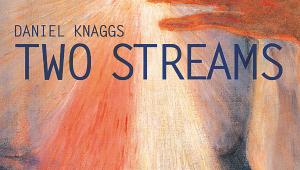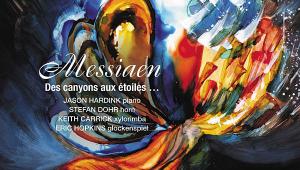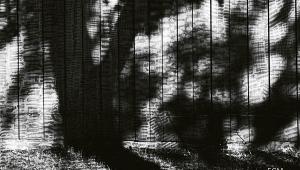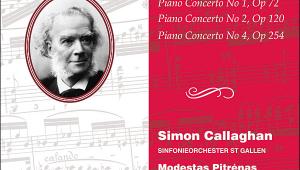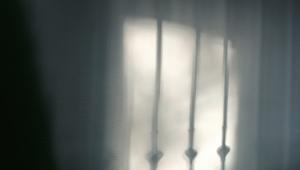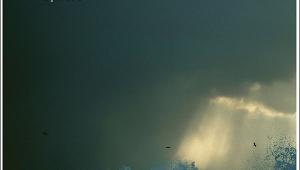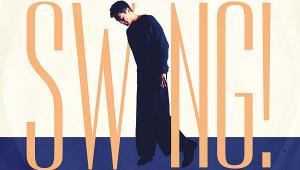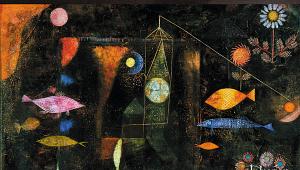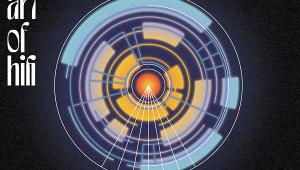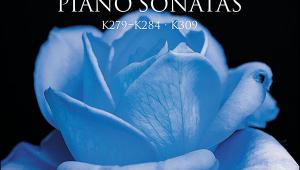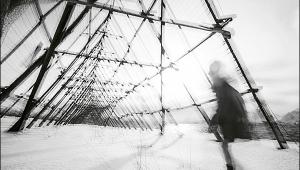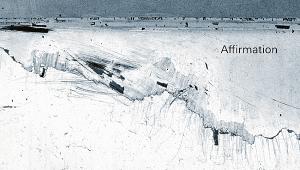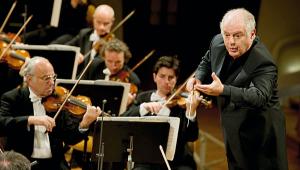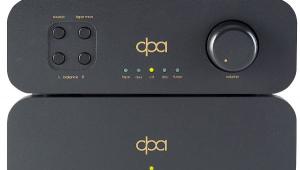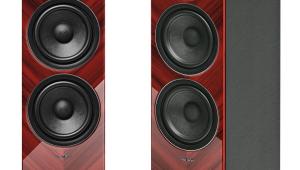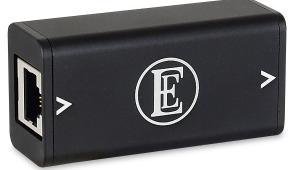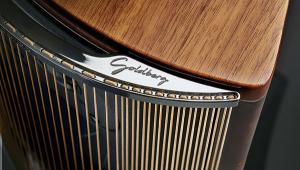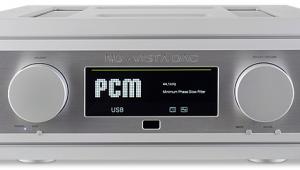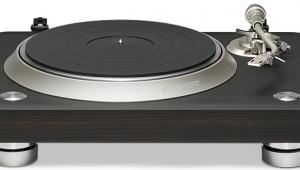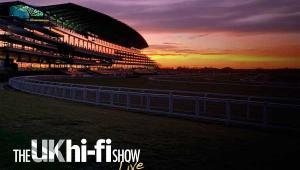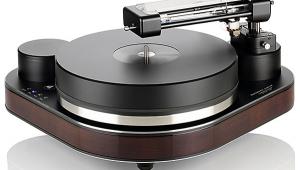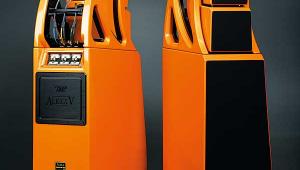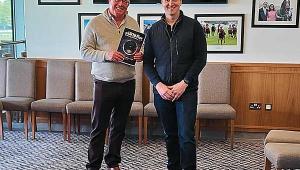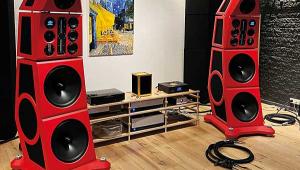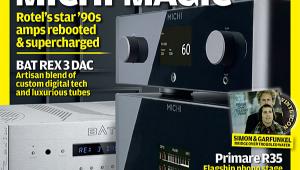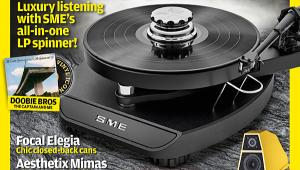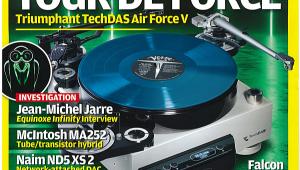Hi-Res Downloads, April 2024
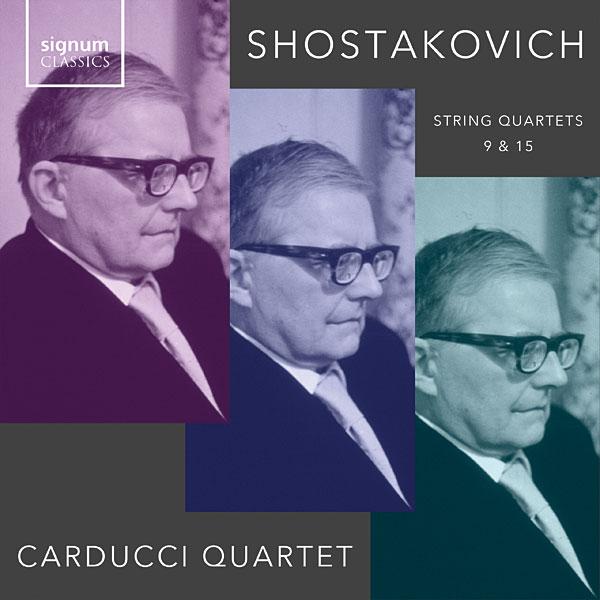
 Carducci Quartet
Carducci Quartet
Shostakovich: String Quartets Nos. 9 & 15 (96kHz/24-bit, WAV)
signumrecords.com; Signum SIGCD786
Biting accuracy and straightforward fidelity to the score go a long way to opening out these notoriously elusive works. There's so much more to the Fifteenth Quartet than another desiccated chronicle of a death foretold: the Carduccis bring out the antique Russian charm of the Nocturne and the undimmed passion of the Funeral March at relatively swift but not metronomic tempi, building towards an ethereal Epilogue worthy of late Beethoven. The Ninth is another tough nut to crack, but the Carduccis let the bows fly and strings snap in the white-knuckle finale. Shostakovich experimented much more in the quartets than the symphonies, and the Ninth traverses a Mahlerian range within 24 mins, from poker-faced humour to vodka-fuelled confession to heroic personal triumph. Close miking underlines the as-live commitment of the Carduccis' playing. PQ
Sound Quality: 90%
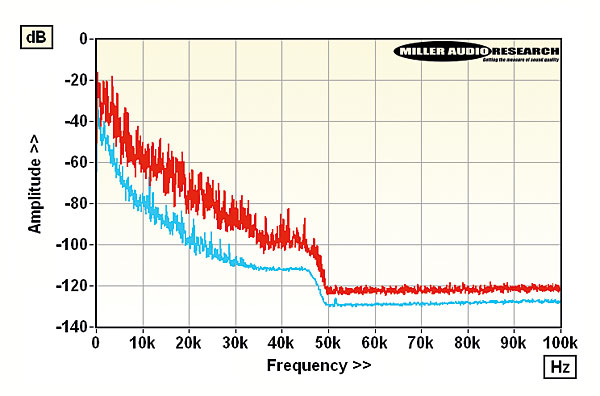
Lab Report
Recorded in '21 at Cedars Hall, Somerset, the 96kHz sampling (and 48k bandwidth) is fully utilised here by the higher string harmonics. Dynamic range is exceptional while peaks range from –14dB (trk 6) to –0.4dB (trk 7). This is the 'real thing'. PM

Ross Pederson
Identity (48kHz/24-bit, WAV)
www.dlmediamusic.com; Self Produced n/a cat. no.
Here's the debut as bandleader from drummer/producer Pederson, of late the skin-basher – or should that be snare-brusher? – for Manhattan Transfer. But this is not an album of retro smoothness: joined by Donny McCaslin on sax, David Cook and Julian Pollack on keyboards and bassist Sam Minaies, Pederson heads off into the wide frontiers of musical genres, from the big opening 'Anxiety' to the soft jazz of 'Now', and from the sci-fi overtones of 'Strange Things' to the near-filmic anthem 'Hope Uplift'. Then, when you're least expecting it, the album ends on a hip-hop note with 'Bigger Than That', complete with rapper JSWISS improvising over a driving beat and vocal chorus from Pederson's wife, bassist Julia Adamy, and Melissa McMillan. Thus, what could have been a self-indulgent album becomes a fine-sounding, constantly attention-grabbing listen. AE
Sound Quality: 90%
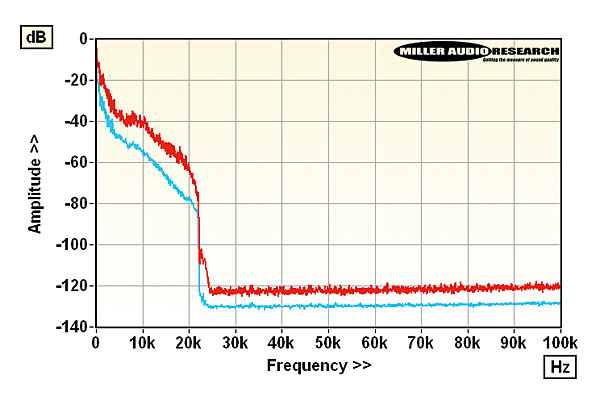
Lab Report
All tracks here are normalised to a peak level of –0.3dBFs and despite the 24-bit capacity, dynamic range is slightly below average. Nevertheless the digital filtering is free of spuriae and there's no sign of downstream compression/distortion. PM
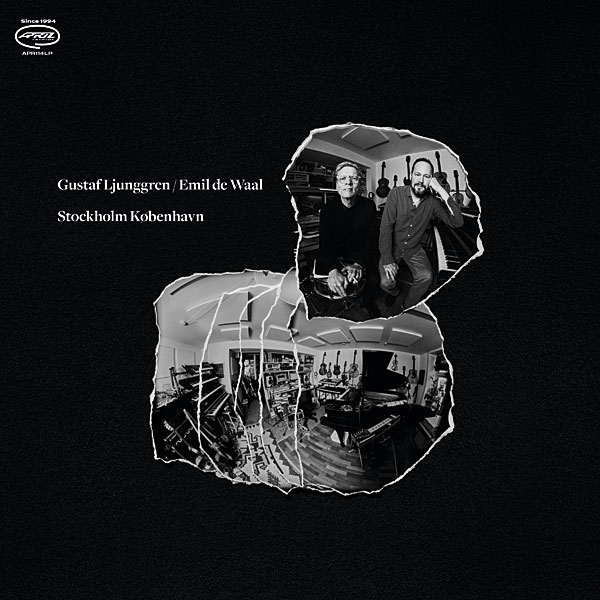
Gustaf Ljunggren/Emil De Waal
Stockholm København (44.1kHz/24-bit, WAV)
www.aprilrecords.com; April Records APR0114
You'd have to try hard to define the style of this set, so many genres does it cross. The third album by Ljunggren – who plays piano, synths, guitars and bass – and de Waal, on acoustic and electronic drums and percussion, draws heavily on electronica to create a series of mood pieces which tend to meander, rather than having formal structures. As a result, there are no big themes, but rather they start with a simple figure on guitar or keys, and then just... develop. They've been playing together for years, and it shows in the way they interact, even if the use of programmed drums can make the tracks sound somewhat samey, at times slightly aimless and even a shade indulgent. And then the set throws a curveball at the last, the live closing track being a much more intimate guitar-led piece of Americana reminiscent of Cooder or Knopfler at their most noodlesome. AE
Sound Quality: 90%
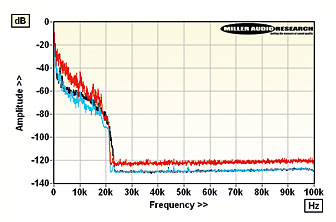
Lab Report
All the files are capped at –0.4dBFs here, including the live trk 8, and although the latter suffers no reduction in dynamic range (peak-to-RMS is ~12dB) its alias filtering looks a little gentler than the 22kHz studio cut-off [black trace]. PM
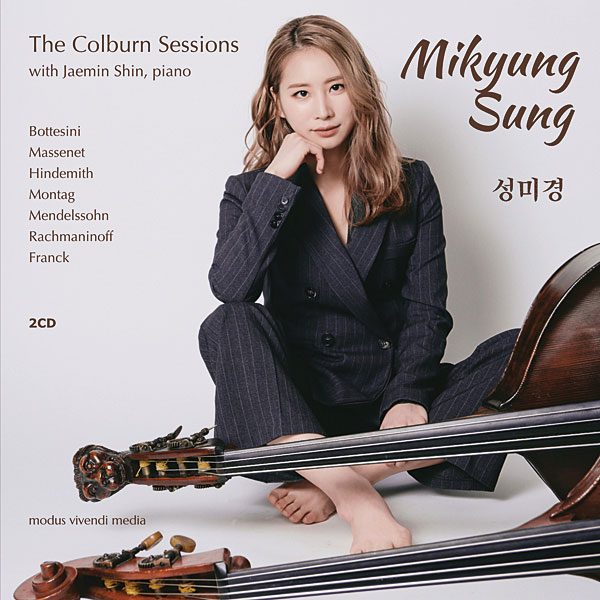
Mikyung Sung
The Colburn Sessions (96kHz/24-bit, FLAC)*
www.modusvivendimedia.com; Modus Vivendi 2301
So, who is Mikyung Sung, and what is Colburn? The first answer is that the Korean-born 30-year-old is that comparative rarity, a classical double bass soloist. The second is the performing arts school in Los Angeles where she studied after graduating from Korea's National University of Arts, and in the Mayman Hall of which many of the recordings here were made, accompanied by pianist Jaemin Shin. And unusual as a double bass recital may be, the big fiddle usually being employed en masse to provide the growl in orchestral works, this is a sparkling set, fully exploiting the flexibility of the instrument in a range of pieces by composers from Bottesini to Rachmaninov. There are arrangements of works for cello and violin, but in each the recording does a fine job of bringing out the character of Sung's instrument, and balancing it superbly with the accompanying piano. AE
Sound Quality: 90%
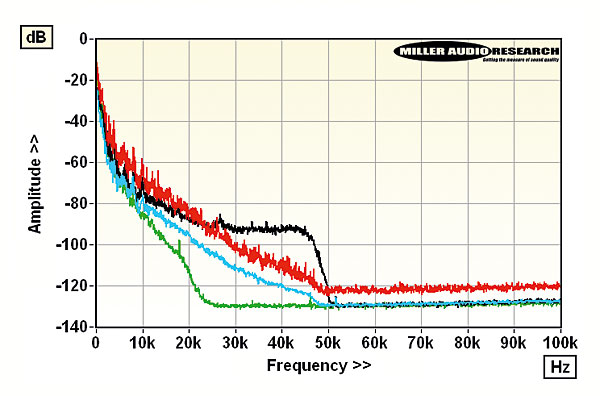
Lab Report
Free of digital spuriae and with good dynamic range, these sessions are clearly recorded under different conditions – Hindemith/Montag with increased analogue noise [black] and Mendelssohn seemingly sampled at 48kHz [green]. PM
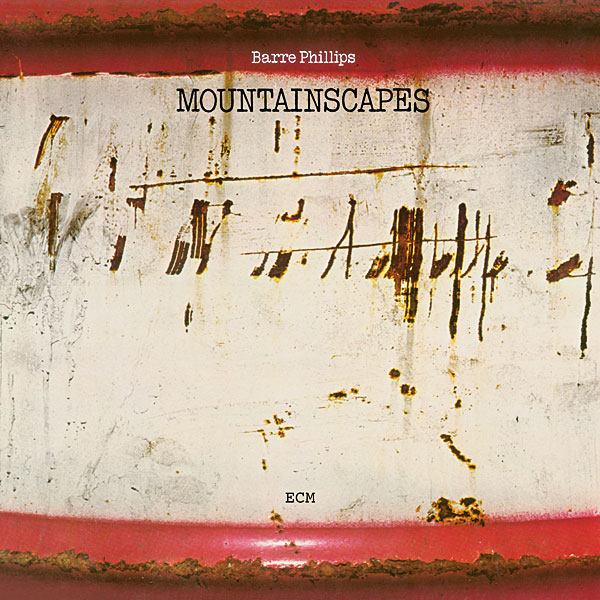
Barre Phillips
Mountainscapes (96kHz/24-bit, WAV)
www.ecmrecords.com; ECM 1076
What are the chances of having two double-bass-led albums in one month? This Barre Phillips set from 1976 is a long way from Mikyung Sung's classical works, the bassist captured for ECM with an ensemble including drummer Stu Martin, sax and clarinet player John Surman, and Dieter Feichtner bringing all kinds of oddities on synthesiser. Martin and Surman also add synth parts on the way, and there's even a guest spot from guitarist John Abercrombie on one track, jamming on the last of the eight 'Mountainscapes'. Recorded immaculately by ECM head honcho Manfred Eicher at Tonstudio Bauer in Ludwigsburg, Germany, the eight 'movements' here were all composed by Surman and Phillips. The sound pictures are both complex and well-resolved, if not quite the 'starting point for the shape of jazz to come' that they were hailed for at the time. AE
Sound Quality: 90%
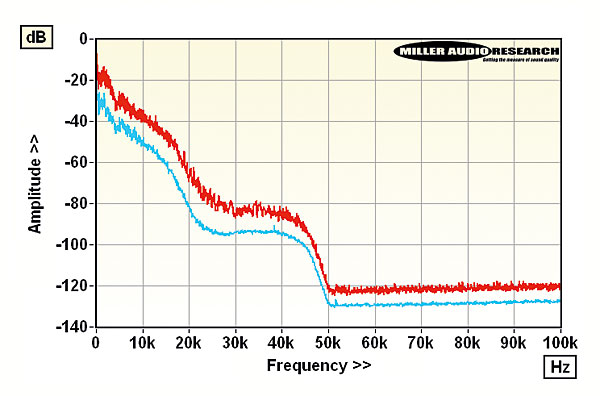
Lab Report
This is a 96kHz sampling of an analogue tape, so the S/N and practical bandwidth (~25kHz) are limited by the latter technology. Peak limits are set to very sensible –1.3dB to –5.0dBFs levels and dynamic range remains good. PM
